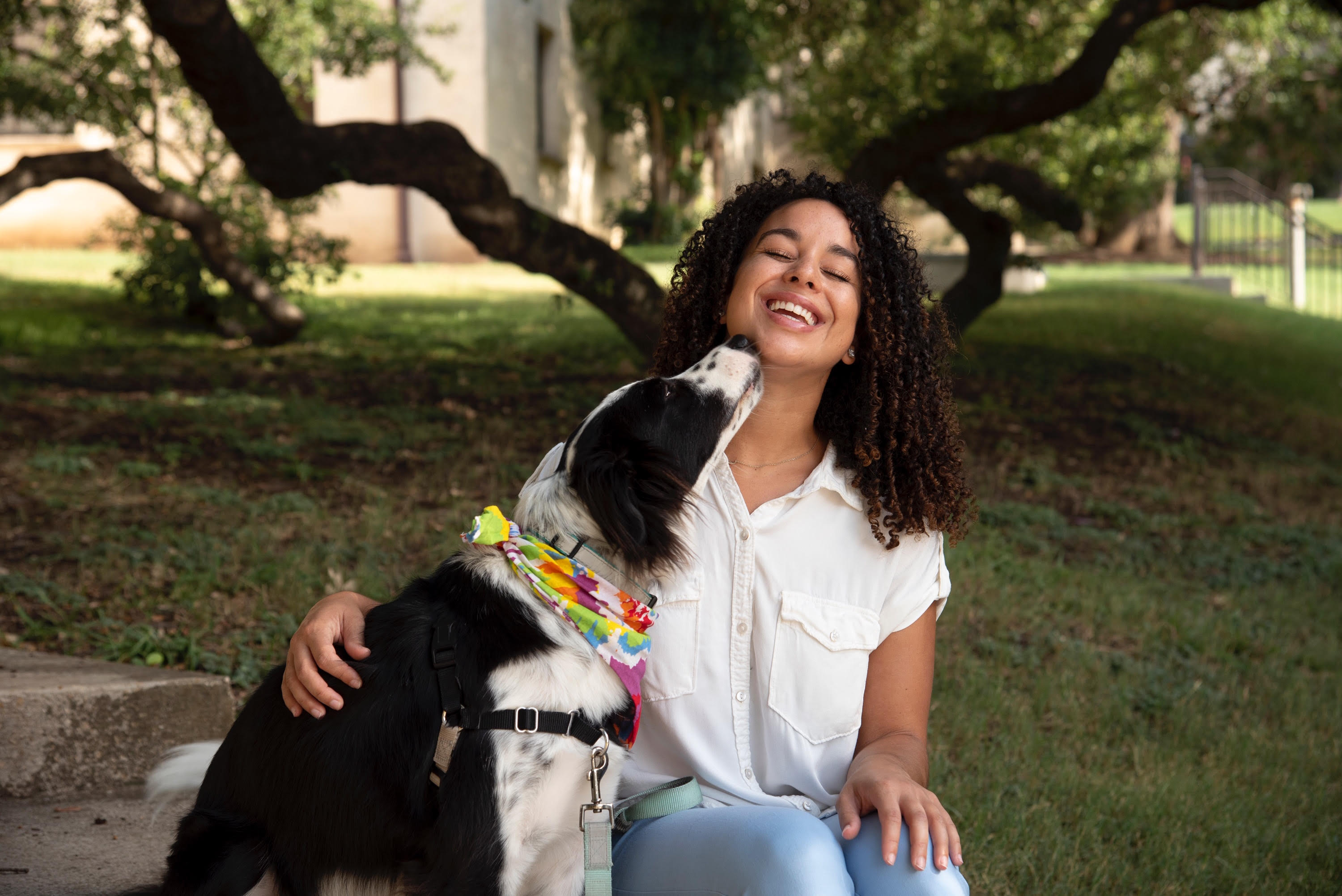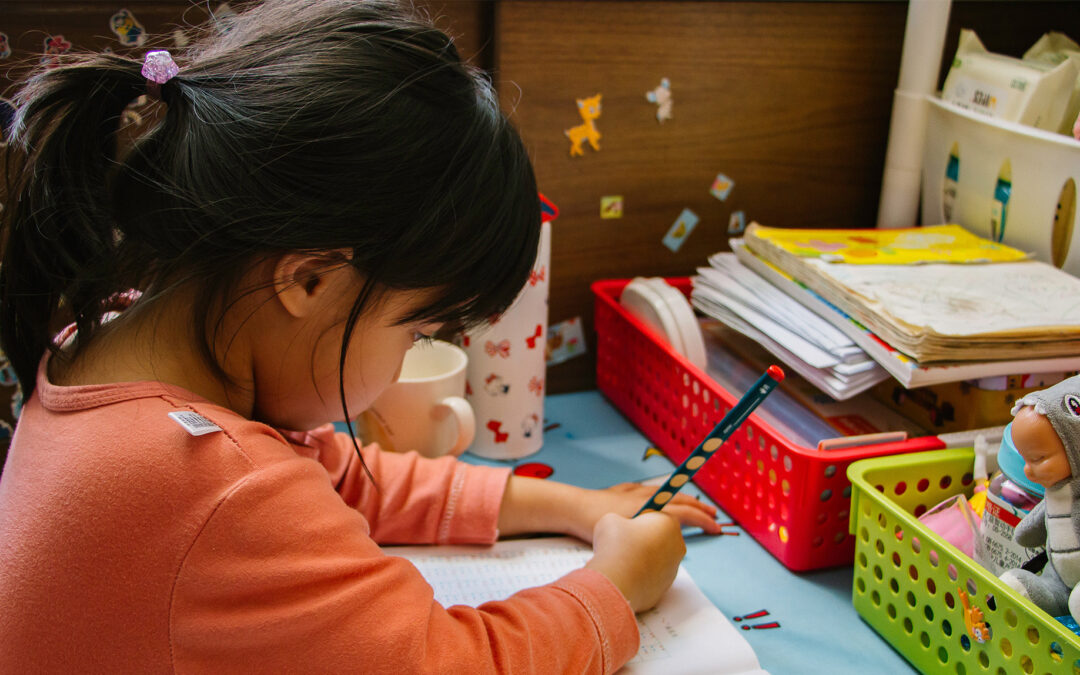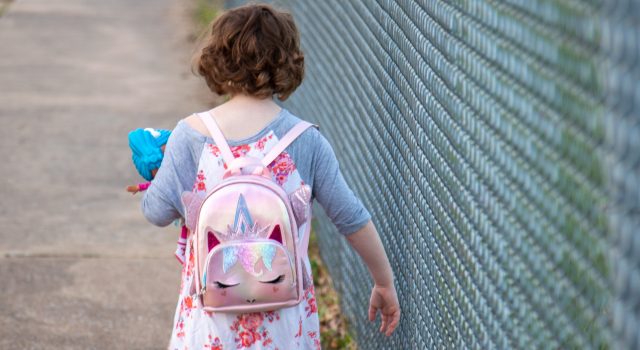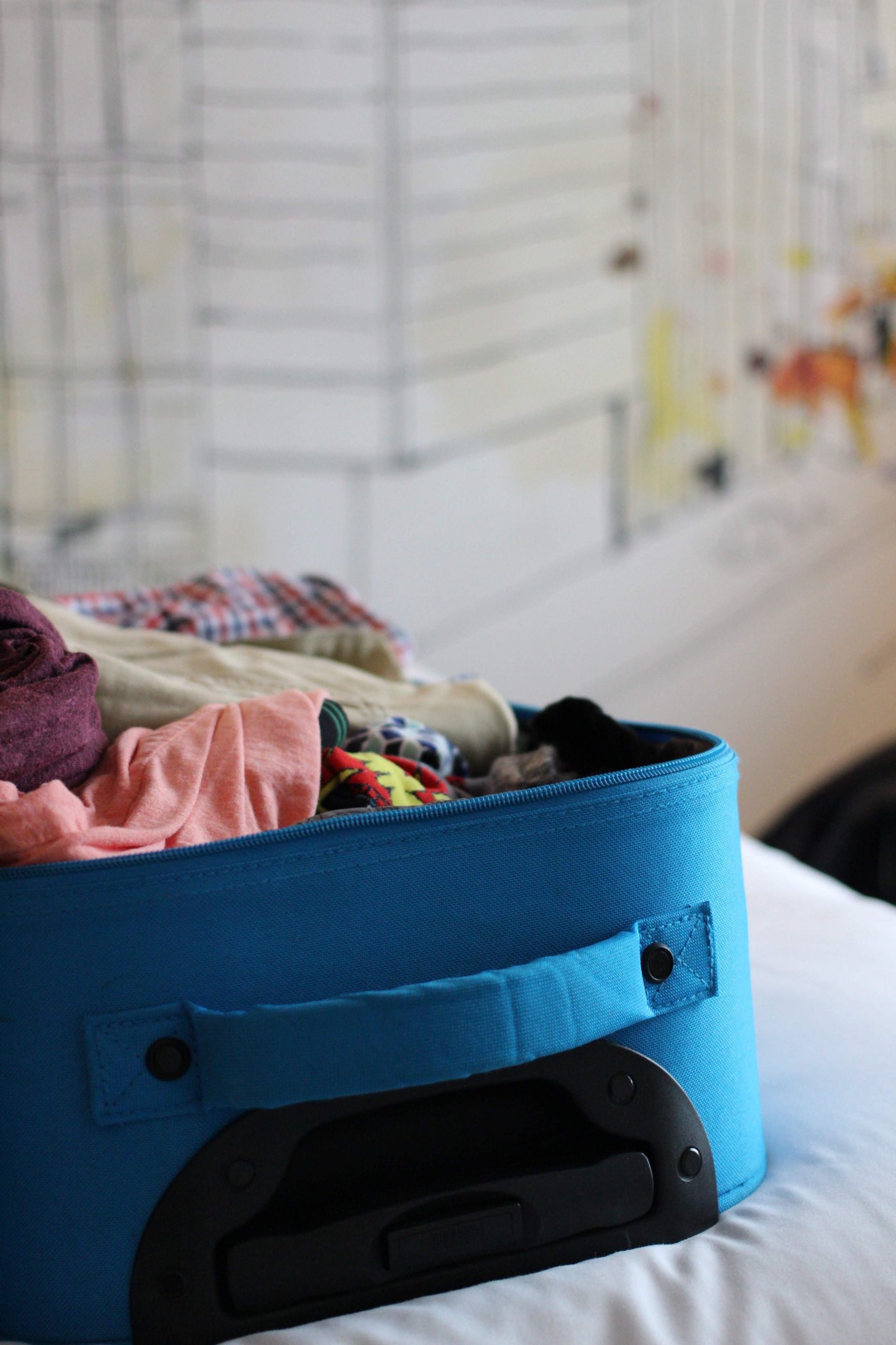For many of us, being greeted by your pet after a long day at work is a highlight of our day. Our stresses and worries can float away a little easier when there is an easily excitable animal waiting for us behind the front door. Our pets have the magical capability of helping us forget about all the bad stuff. It’s not surprising that many of us refer to our pets as our “babies”!
As an animal-assisted therapist, I am lucky enough to bring my “baby” with me to work at Austin Family Counseling. Rio, my border collie, is the friendly therapy dog you may have seen around the office. He is usually wearing a bandana and will greet you with a kiss or a full downward-dog bow. He spends his days with me, working with children, tweens, teens, and their parents. With lots of pets and belly rubs throughout the day, it’s safe to say he has a pretty sweet gig.

Rio and myself are certified in animal-assisted counseling and completed our trainings at the Animal-Assisted Counseling Academy at Texas State University (Eat ‘em up, Cats!). Throughout our training, we experienced how powerful and therapeutic the human-animal bond can be.
In my previous blog post, I shared about animal-assisted counseling and how is can be therapeutically beneficial for clients. For this post, I want to share some animal-assisted interventions that I incorporate into sessions with my clients.
Highs and Lows with Rio:
To check in with my clients at the beginning of session, we start with our highs and lows. A “high” is the best thing that happened to you that day. A “low” is something we wish went a little differently. My client shares, I share, and we often speculate about what Rio might share if he could speak. Sometimes clients guess that Rio’s low is that it’s raining outside, that he’s feeling sleepy, or he only got to eat 2 treats instead of the client’s proposed 50. More often than not, my clients theorize that Rio’s high is spending time with them in session (and they’re not wrong!) 🙂
What Would Rio Do?:
I adapted this intervention from a fellow animal-assisted therapist, Wanda Montemayor. Wanda and her therapy dog Chango work with middle schoolers in Austin. Sometimes it is easier for kids to imagine what someone else might do in a situation instead of guessing what they themselves might do. You may have experienced this when your kiddo effortlessly recalls what their sibling did wrong, but find no fault in their own behavior! Not surprisingly, kids are very aware of what a dog might look like when they are scared, angry, or tired. Sometimes, it is more difficult to know our own physical reactions to stimuli that make us scared, angry, or tired. My clients know that if Rio were to ever huddle in a corner, wimper, or hide under his blanket during a thunderstorm, he would be feeling frightened. By guessing how Rio might react to relatable situations, clients are able to verbalize what their own emotional and physical reactions could be.
Emoji Balls:
Dr. Elizabeth Hartwig, the director of the Animal-Assisted Counseling Academy, knew that Rio would be a good fit for this intervention because of his energy levels, intelligence, and eagerness to please. I have about a dozen stress balls with different emotions depicted on them. While Rio and I wait outside of the office, my client will hide the emoji balls throughout the room. When the balls are in place, my client invites us back in. Because Rio is very motivated by anything that can be thrown and retrieved, all my client has to do is ask, “Rio, where’s your ball?”. Rio will then tirelessly search the room for each emoji ball. As he finds each one, he will bring it back to us. My client and I each share a time in which we felt the emotion that is shown on the stress ball. These emotions range from scared, angry, calm, loved, sad, and more. We often like to guess a time when Rio felt that emotion, too. This is an active intervention for all participants, and definitely a favorite of my kids.
I hope this sneak peak into animal-assisted counseling gives you a little more insight into the therapeutic work canine counselors are capable of. If you have any questions for myself (or for Rio), don’t hesitate to reach out at (512) 893-7396.
To learn more about Rio’s certification and training, check out Animal-Assisted Counseling Academy!

Follow Rio on Instagram at @animalassistedtherapist











